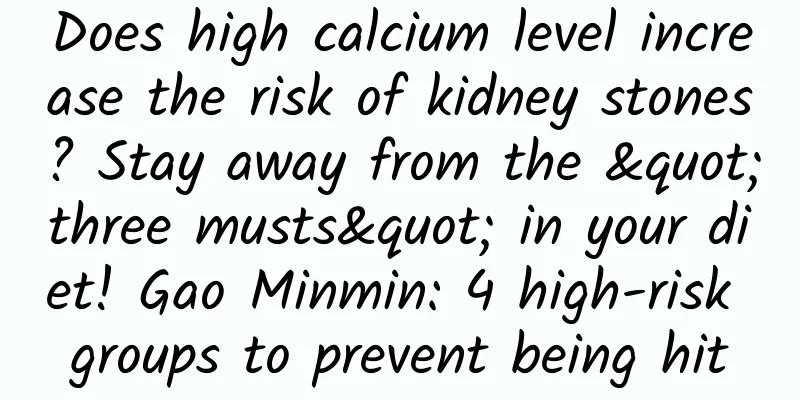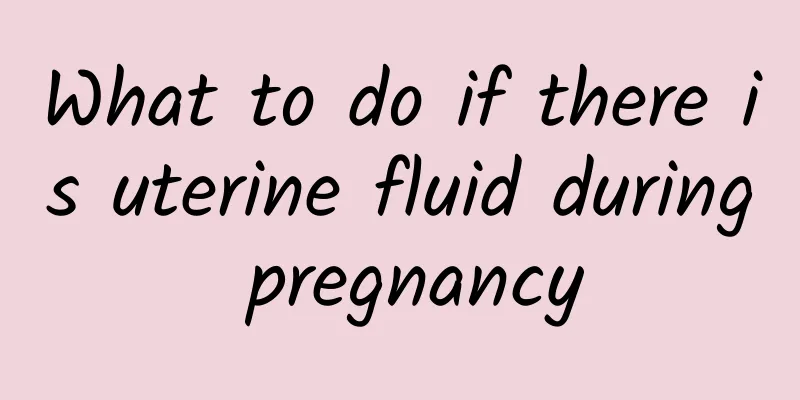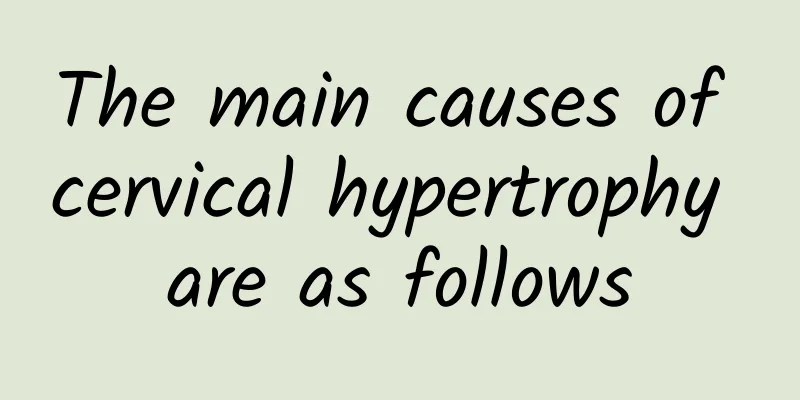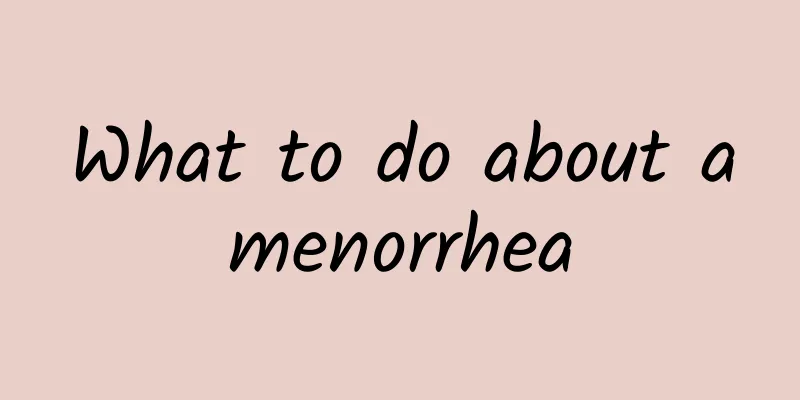Does high calcium level increase the risk of kidney stones? Stay away from the "three musts" in your diet! Gao Minmin: 4 high-risk groups to prevent being hit

|
If you experience symptoms such as severe low back pain, hematuria, and difficulty urinating, be careful of kidney stones! According to statistics from the Central Health Insurance Administration of the Ministry of Health and Welfare, approximately 450,000 people sought medical treatment for urolithiasis in 2010, with the number of males being 1.97 times that of females. There is an "urban legend" about the induction of kidney stones, that is, high-calcium foods can cause kidney stones. Is this true? Nutritionist Gao Minmin reminds us that there are "three do's and three don'ts" in diet to effectively prevent kidney stones. Many patients with stones often deliberately avoid high-calcium foods because they think that stones are made of calcium and they worry that calcium will make the stone condition worse. Nutritionist Gao Minmin said that this way of thinking is wrong! In fact, sufficient calcium can reduce the absorption of oxalic acid by the human intestine and help reduce the occurrence of kidney stones. What are kidney stones?First, let’s understand what kidney stones are? Kidney stones are a type of urinary tract stones. They are hard crystalline deposits formed by kidney metabolites in the urine. They accumulate in the kidneys and grow larger over time. What are the types of kidney stones?There are many types of kidney stones. The most common is calcium oxalate stones, accounting for about 75%, which appear as dense stones in white, gray, black, etc. In addition, there are phosphate stones, which account for about 10~20%. The shape of phosphate stones is relatively irregular and is mostly caused by bacterial infection. Uric acid stones account for about 5%. They are transparent orange-yellow crystals and are usually formed when the uric acid level in the body is too high. Others include cystine stones. There are many types of kidney stones. The most common are calcium oxalate stones, accounting for about 75%, which appear as dense stones in white, gray, black, etc. Four high-risk groups for kidney stonesLet’s take a look at who are at high risk of kidney stones? The following four groups of people should be careful: 1. Insufficient water intake If you do not have any special diseases, it is recommended that you drink at least 1500-2000cc of water every day. When the weather is hot, you should drink more water. 2. Obese people Obesity, such as increased weight, BMI, and waist circumference, is closely related to kidney stones. 3. Unbalanced diet Only consuming a specific diet or frequently eating foods high in sodium, sugar, oxalate, protein, etc. can easily increase the risk of kidney stones. 4. Family or personal medical history or other diseases If someone in the family suffers from kidney stones, other family members may have a higher risk than the average person, or people with other physical illnesses may also develop kidney stones. Drinking 2500cc of water every day and urinating a lot can dilute urinary calcium and oxalic acid precipitation to avoid excessive concentration. Drinking 2500cc of water every day can not only increase urine output, but also help metabolism. Dietary Tips for Preventing Kidney Stones: Three Dos and Three Don’tsHow should you eat to effectively prevent or improve kidney stones? Nutritionist Gao Minmin said that the following are the "three do's and three don'ts" of diet to prevent kidney stones: Three Essentials of Diet1. Eat enough calcium Daily calcium intake of 1000 mg can reduce the absorption of oxalic acid in the human intestine and help reduce the recurrence of kidney stones. Many people worry about the formation of calcium oxalate in the body and thus reduce calcium supplementation. In fact, only by taking in enough calcium on a regular basis can the problem of stones be prevented or improved. 2. Drink enough water Drinking 2500cc of water every day and urinating a lot can dilute urinary calcium and oxalic acid precipitation to avoid excessive concentration. Drinking 2500cc of water every day can not only increase urine output, but also help metabolism. 3. Adequate amount of plant protein Eat plant protein in moderation, but reduce animal protein. Eating too much animal protein can easily increase the urine calcium concentration. It is recommended to replace part of the red meat intake with soy products or other high-plant protein. For example, black beans, soybeans, edamame, chickpeas, etc. are all very good plant proteins. Three things not to do in your diet1. High Oxalate Diet Drink less strong tea, excessive coffee and other high-oxalate beverages, and take calcium supplements between meals. This will not only reduce oxalate absorption but also provide enough calcium. 2. High in Vitamin C Excessive vitamin C metabolism will form oxalic acid, increasing the risk of hyperoxaluria. The recommended daily intake for adults is 100 mg, and it should mainly come from natural sources. Too much will cause a burden on the body. 3. High-sodium and salty diet When the body takes in too much sodium, it will be excreted in the urine, which may increase the urinary calcium concentration and increase the precipitation and crystallization of stones. Nutritionist Gao Minmin finally reminded that the above is for "calcium oxalate" stones that many people will encounter. If it is crystal stones caused by excessive uric acid, you can choose a "low-purine diet" to improve it. In other words, adjustments should be made based on the "type of stones" and professional medical tests should be used to determine what type of stones they are. Only then can treatment be tailored to the condition. |
Recommend
What is endometrial thickening?
There are many reasons for abnormal thickening of...
Under what circumstances does candidal vaginitis usually occur?
Under what circumstances does candidal vaginitis ...
How to treat early ectopic pregnancy
How to treat early ectopic pregnancy? Ectopic pre...
Causes of chronic pelvic inflammatory disease
Causes of chronic pelvic inflammatory disease: Ch...
How to best treat adenomyosis
What is the best way to treat adenomyosis? There ...
What are the tests for uterine fibroids?
There are many types of uterine fibroids, and the...
How to treat pelvic effusion with infusion
Many people want to have a drip as soon as they a...
Bad sexual habits are the main cause of cervical erosion
As an important organ inflammation of female repr...
Edema is not really obesity. Is it difficult to get rid of the edema all over the body? Chinese medicine practitioner Chen Meifei: Corn silk water promotes metabolism
Although I am not really obese, I have the annoyi...
Drinking coffee helps you lose weight! Light roasted coffee retains more chlorogenic acid
The rich aroma of coffee wafts through the street...
How painful is the abdominal pain of threatened miscarriage?
The degree of abdominal pain of threatened aborti...
What should I do if my menstrual period is irregular and my vaginal discharge is abnormally dark brown?
What should I do if my menstrual period is irregu...
How to treat female cervical erosion and hypertrophy? Two methods to treat cervical erosion and hypertrophy are effective
Cervical hypertrophy is a type of chronic cervici...
How to prepare for pregnancy correctly after abortion?
If you want to get pregnant, you must change your...
What oil can I eat after minimally invasive surgery for uterine fibroids? What fruits can I eat after minimally invasive surgery for uterine fibroids?
Uterine fibroids are a common gynecological disea...









